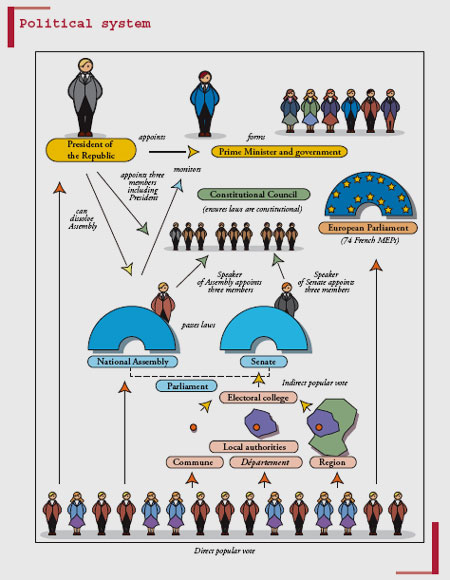When we decided on "behemoth" for our word of the day, I immediately thought of how I could relate it to horses as well as to France. Double win! Please excuse me if I rattle on excessively about horses, and I hope I don't bore you with too many details. There's really no hope of me being concise when ponies are involved.
Being an equestrian and lifetime horse lover, I think that "horse" is synonymous with "power" (among countless other associations of course: freedom, joy, I could go on...). To me, the perfect image of "a mighty animal" or "power" is a horse; for this blog's purpose, not just any horse, but a draft horse.
 |
| In my book, the perfect example of what is a "behemoth": a draft horse (here, a Percheron). |
A draft horse, most simply put, is a breed of horse that is very large and in charge, and bred for doing hard work. They're quite a bit heavier than lighter breeds of horses, and usually (though not always) quite a bit taller as well - some of them upwards of 19 hands high! One "hand" in horsey terms is 4 inches, so in a lot of draft breeds we're talking well over 6 feet at the withers (horsey shoulders). They're wider and more robust, often several hundred pounds heavier than your average riding horse. For the most part, they're the ones you see pulling carriages in big cities. Picture a huge farm horse pulling a plow; that's a draft horse. And of course the Budweiser Clydesdales are another familiar example.
There are several breeds of draft horse of French origin, including the Ardennais, Percheron and Poitevin, among others. Each breed comes from a different region of the country, as breeds of animals generally do, and these horses usually perform heavy labor tasks such as pulling plows.
I met some French draft horses! When I was studying at the CLA in Besançon in the summer of 2008, I went with my host mom to a birthday celebration for her brother and cousin. I went running around with her nieces and we came across this Comtois mare and her foal at a nearby farm. So obviously we had to stop and pet them. The Comtois horse is a lighter, shorter and stockier French draft breed, but you can still see how heavy they are in comparison with a riding horse. Even the colt, not yet a yearling here, is just massive. I'm always amazed by the bone mass and size of their joints, even as foals.
Draft horses aren't just for farm work, though. While their sheer size and strength conveniently lend them to doing heavy work and pulling carts, you'll find drafties who are also excellent riding horses. My friend Justin owns a Percheron mare (one of the French breeds I mentioned before). Isabel does Dressage, a bit of jumping, and keeps up with the Thoroughbreds galloping cross country at two local Foxhunting clubs.
 |
| Left to right: Katie and Huey, Verity and Truman, Justin and Isabel |
While searching for more about French draft horses, I found a few different sources about French drafts being used for work in vineyards. Here's a wine taster's blog with a pretty lengthy discussion of draft horses in the vineyard. There are several pictures of one young mare Robine that show her pulling the plow between the rows. The work is easier for her than it would be for a smaller breed of horse.
I also found this video, actually posted by the owner of the aforementioned blog, wherein we're introduced to Phénomène, another draft horse who works in a vineyard. It's all in French (sorry, Germans!) but you can see the sheer size of the horse, especially his hooves. Look at those dinner plate sized hooves! Look at them! (Justin has to special order shoes for his mare Isabel!) Here's the gist of the video: Phénomène (Phenomenon) is an 8 year old Percheron, and I love how the man calls him "mon compagnon" (my companion, my friend). He talks about how well-muscled he is (which I think you can see even if you aren't horse savvy), which is necessary because he does physical labor, working in the vineyard. He then talks about the benefits of having a horse to work in the vineyard. He has a tractor, he says, but wants to use it as least often as possible. Doing the same work with the use of a horse is "très écolo," a lot better for the environment. His four hooves, large as they are, make less of an impact than tractor tires, which vibrate, and cause more damage to the soil. Horses can also, of course, be a lot easier to maneuver than a tractor when you're working in tight rows in the vinyeard.
Horses are integral to the history of so many nations and peoples, from chargers carrying their warriors on the medieval battlefield, to farm horses working to help sustain a person's livelihood. To me, draft horse breeds have been and are to this day so extremely versatile. They can pull plows in a vineyard like Phénomène or Robine, or they can compete in Dressage and go Foxhunting like Isabel. I'm very intrigued that in our industrial age, a draft horse can still play such a large part. I'd like to thank all the draft horses who work in the vineyards, because I sure do appreciate their work for a product of which I partake on a regular basis. Does anybody else find it nice and refreshing, and almost pastoral, that some farmers would still rather use a horse than a machine? I do.
 |
| The end! (Left to right: Huey, Belgian x Canadian Thoroughbred and Dixie, Percheron x Quarter Horse) |


